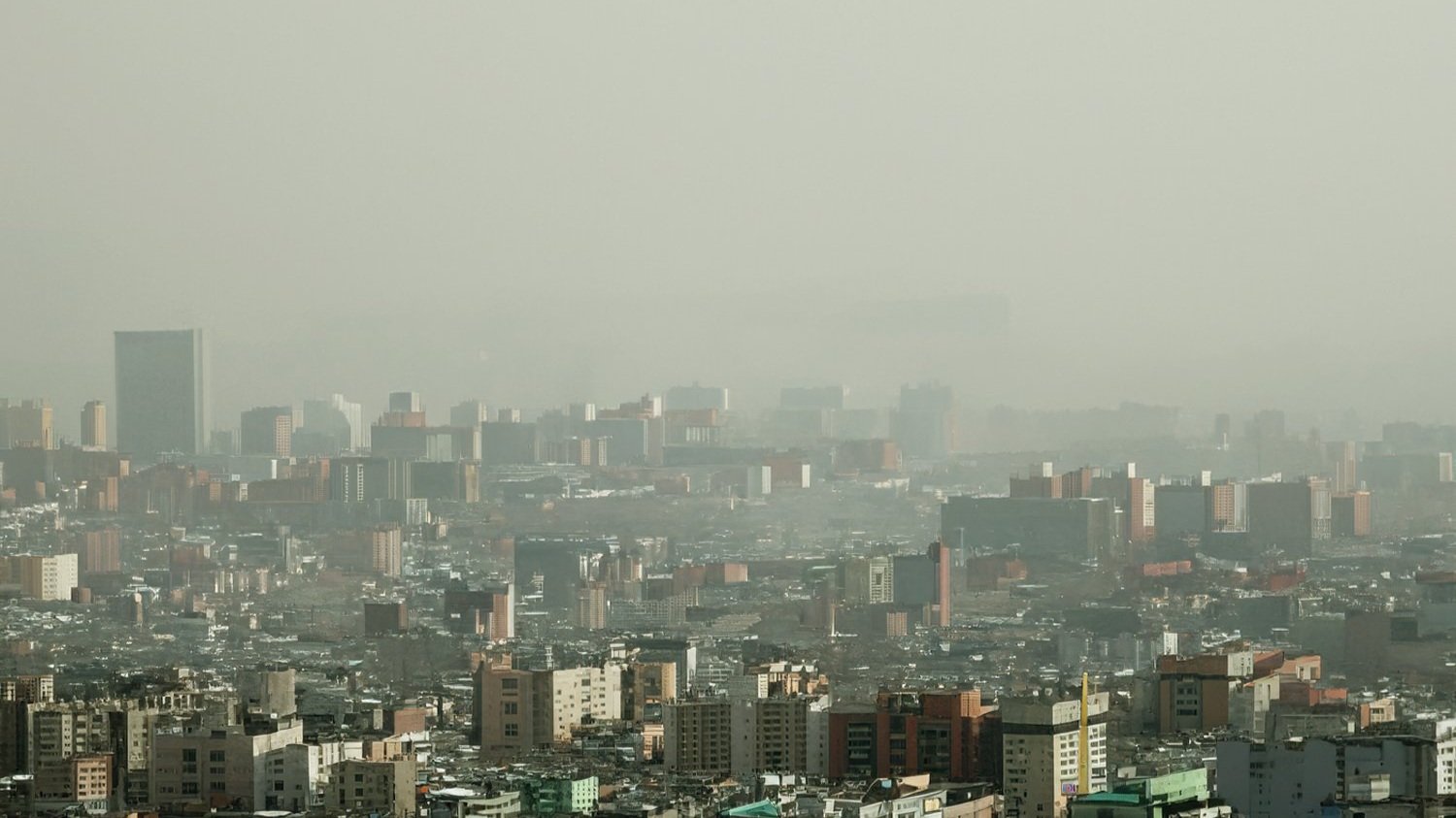The Korean Peninsula is once again grappling with the annual challenge known as yellow dust. Originating from sandstorms in the Gobi Desert that borders China and Mongolia, the fine dust is carried by springtime winds and reaches the two Koreas every year. Sandstorms have been on the rise since the 1960s due to rising temperatures and reduced precipitation in the Gobi wilderness.
It was reported that dust concentration levels in various cities across South Korea, including Gangwon, Daegu, Sejong, Ulsan, North Gyeongsang and North Jeolla exceeded 100 micrograms per cubic meter this month, which is more than two times higher than the average concentration level. South Korea’s Cheong Wa Dae Observatory also detected a spike in “bad” dust levels across most parts of the country. As some cities are expected to experience strong winds of around 55 kilometers per hour, and wind speeds that exceed 70 kilometers per hour in some mountainous areas, safety concerns are raised across the nation.
HEALTH HAZARDS
From high-rise office windows in Seoul, Erling Thompson, an expatriate who moved to South Korea from the U.S., described the mood of the cityscape that fades into a murky yellow-grey haze: “You don’t feel happy. It’s like a very bad weather day. You naturally want to be outside on a sunny day. But when the weather is very dirty, you feel depressed and want to stay inside.” People on the streets are seen wearing face masks and hooded jackets, bracing themselves for yet another dust-covered day.
Yellow dust poses serious respiratory risks, especially since the particles are small enough to be inhaled into the lungs. As a result, the health and overall well-being of millions are compromised. A 40-year-old teacher from Seoul, Eom Hyeojung, described while sending her daughter to school despite the health risks that there is “no realistic way to avoid yellow dust” and “As it happens so often, like every year, I just let her go. It’s sad, but I think it became just a part of our life.”
DUST REACHES NORTH KOREA
Even though the yellow dust phenomenon has not been reported in North Korea this year, the situation is expected to be no different from that of its neighboring South Korea or China. In March 2024, the skies over parts of China visibly turned yellow as sandstorms swept through. By early April, four sandstorms had already left their mark, covering cars, bikes and houses in fine layers of dust. Inner Mongolia witnessed a woman sweeping three kilos of dust from her apartment after accidentally leaving a window open during the storm. Meanwhile, residents in China’s capital city, Beijing, also faced the same gritty reality, with one woman humorously comparing herself to a “terra cotta warrior” covered in dust.
In the past, North Korean authorities have issued warnings for citizens to stay indoors, fearing that the dust particles might carry not only toxic material but also viruses and pathogenic microorganisms. Embassies present in Pyongyang during the Covid-19 pandemic also received warnings about the dust storm, with the Russian Embassy recommending its diplomatic missions, international organizations in the country and all foreigners to stay at home and tightly close their windows.
AI AND DUST STORM PREDICTION
As this seasonal ordeal continues to strike East Asia, researchers in the region have been applying artificial intelligence (AI) and climate modeling to better predict this annual phenomenon. Huang Jianping, China’s leading researcher in dust dynamics, and his team at Lanzhou University have developed an early-warning system that uses AI to help forecast the storms. AI can now learn how sandstorms evolve in time and space from ground-level observational data, satellite data and simulations from various models.
The battle against yellow dust presses on, but it is hopeful that with the help of AI, better prediction could save tens of millions of yuan each year resulting from damages caused by the storms to farms and houses, as well as other health and safety concerns that have widespread implications across China’s bordering countries.



